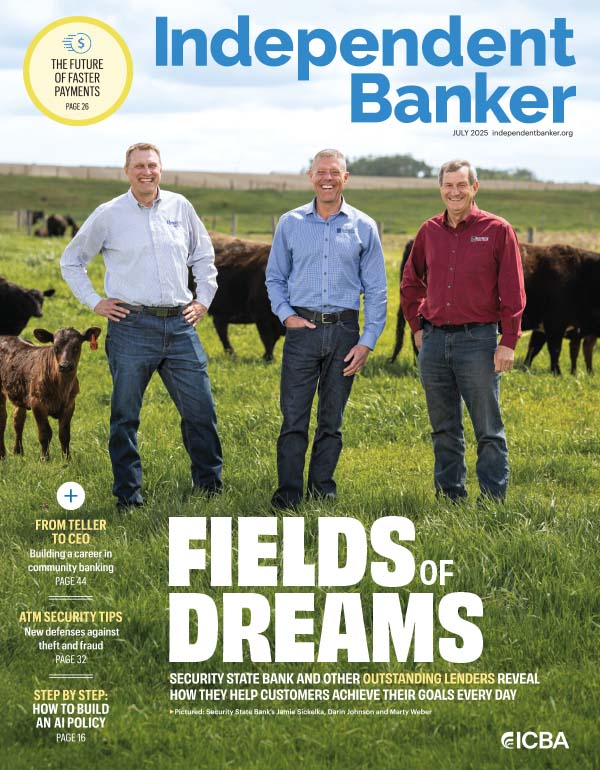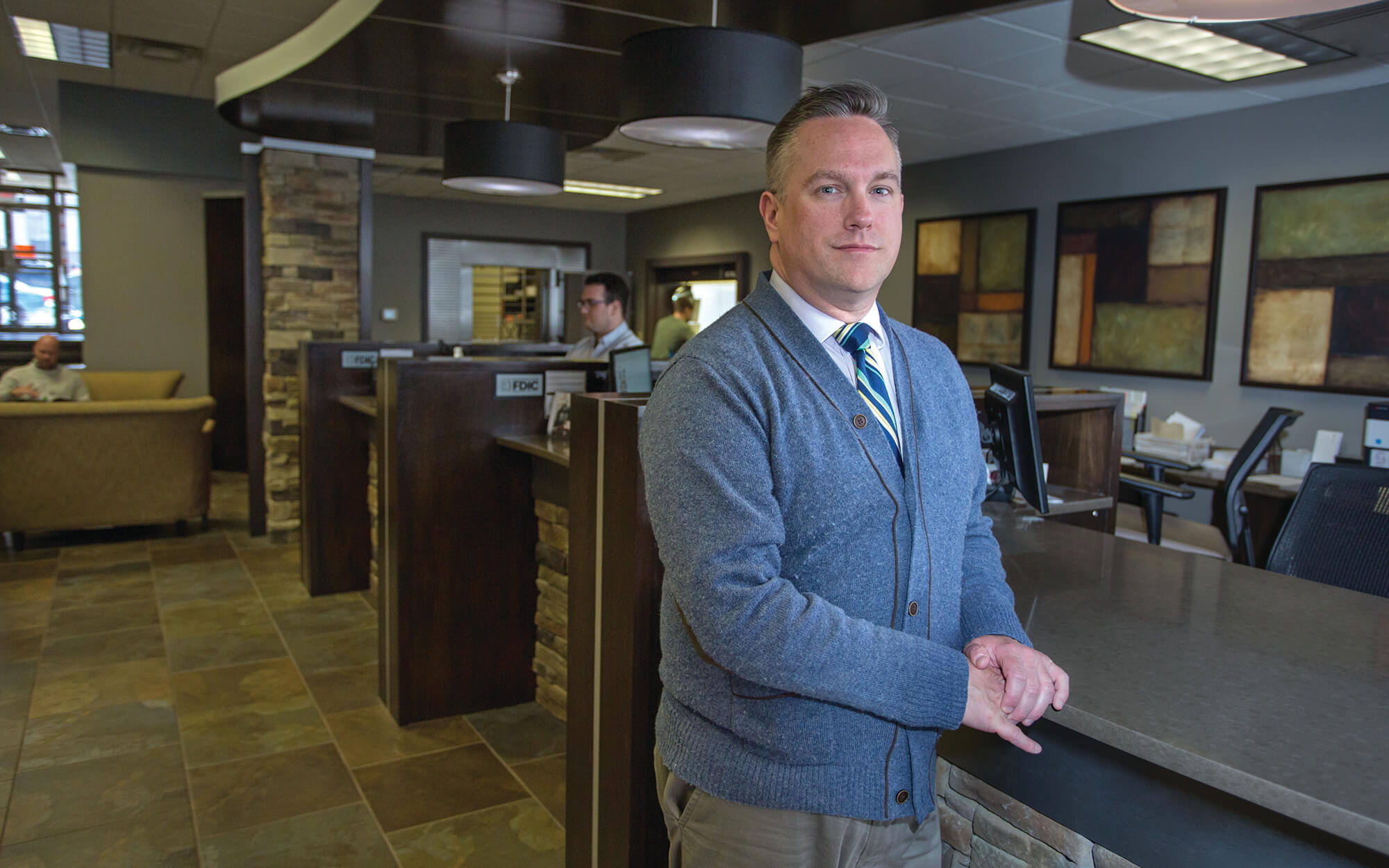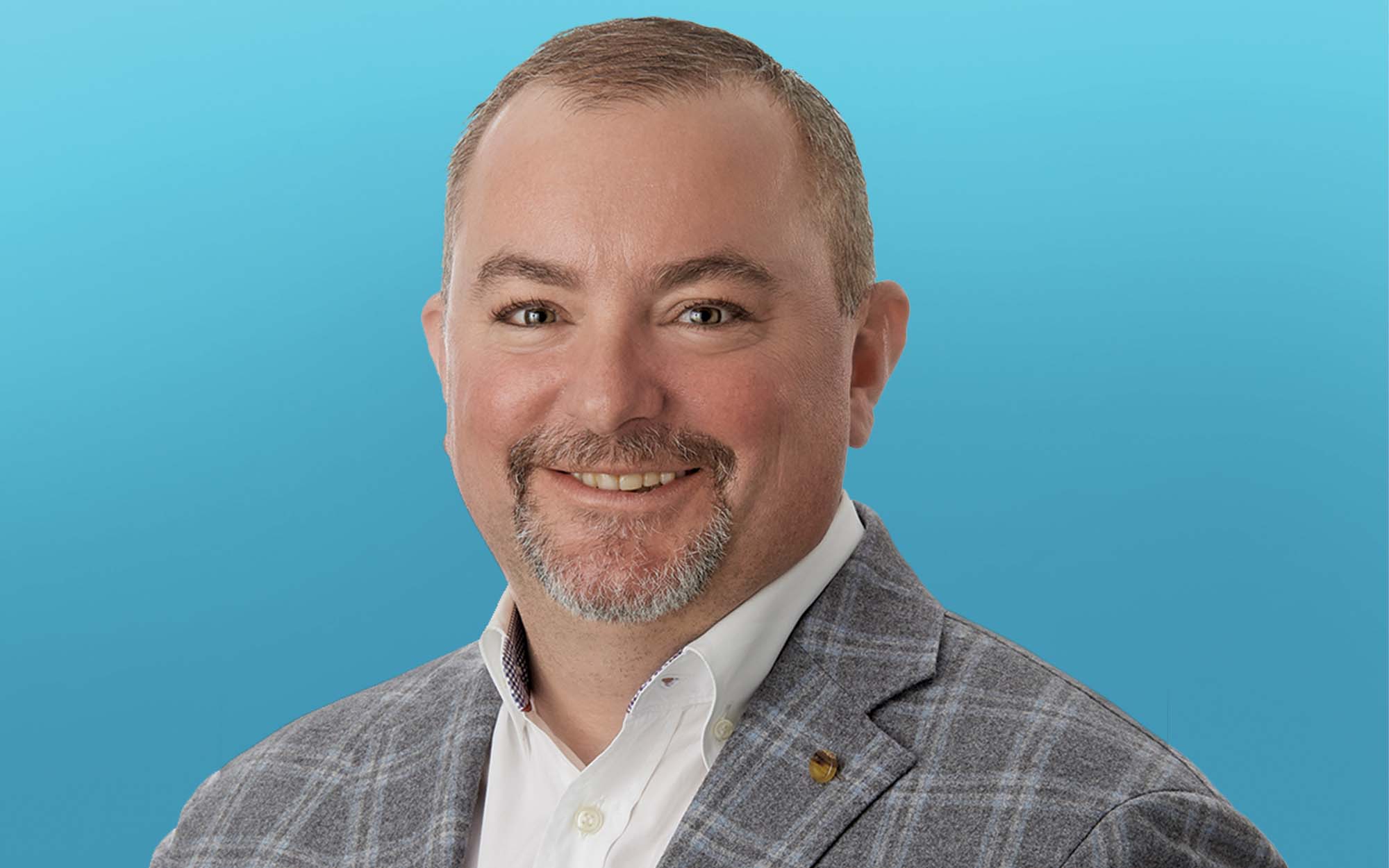Name:
Systematic Savings Bank
Assets:
$50 million
Location:
Springfield, Mo.
Derek Fraley came from another local bank to become the president, CEO and chief financial officer of Systematic Savings Bank in 2017. Today, the $50 million-asset community bank in Springfield, Mo., barely resembles how it looked the day Fraley walked through the door.
Back then, the community bank had nearly $23 million in gross loans, with average annual non-interest expenses of more than $2 million. “Quick math shows that the loans would need to throw off roughly 10% net just to cover non-interest expenses,” Fraley says.
Given the situation, Fraley knew he needed to do two things to prevent the bank from going under: reduce non-interest expenses and increase revenue. Fraley couldn’t tackle these complex challenges alone, so he asked his long-term mentor, Brad Weaver, to join him as Systematic Savings Bank’s chief loan officer and also named him to the board.
“Brad had made a hobby of saving troubled banks, and his presence and guidance provided value beyond measure,” Fraley says.
In terms of reducing expenses, Fraley’s first step was to cut staffing in half, from 17 full-time employees to nine. He then switched group health plans and renegotiated software and service provider contracts. He also cancelled nonvital services.
While difficult, he says, the cost-saving measures were necessary to getting expenses under control. Thanks to his efforts, Systematic Savings Bank was able to reduce non-interest expenses by $640,000 in 2018 and by another $207,000 in 2019.
“We cut hours out of days and weeks out of months by learning our systems better and introducing very precise and consistent procedures. Most importantly, though, we get things right the first time, so we don’t have to do the same process two or three times.”—Derek Fraley, Systematic Savings Bank
Turning the ship around
Next on Fraley’s to-do list was a major cultural shift at Systematic Savings that would ultimately make the bank more profitable. The bank went from being inefficient, with an attitude of “close enough,” to a team that looks at every task with the goal of learning how to perform more effectively.
“We cut hours out of days and weeks out of months by learning our systems better and introducing very precise and consistent procedures,” Fraley says. “Most importantly, though, we get things right the first time, so we don’t have to do the same process two or three times.”
To increase loans, he took a big gamble. Fraley leveraged the bank to buy time while he was reducing headcount and renegotiating contracts. “We were losing $68,000 a month in net income with only $6 million in capital, and that couldn’t last long,” he says. “It was an enormous risk. … In fact, it was the biggest risk I had ever taken.”
He explained his plan to regulators and brought on internet CDs, issued brokered deposits and grew assets by more than $14 million—a 50% growth in one quarter, via participations.
The gamble paid off. The year 2018 saw net interest income up $232,000. “We were still unprofitable in 2018, but we had cut the loss from $1.3 million in 2017 to a $120,000 loss in 2018,” Fraley says. “It was the least amount the bank had lost since losing only $40,000 in 2013.”
By 2019, the community bank had gained even more traction. The second two quarters of 2019 and the first two quarters of 2020 were the first time since 2009 that the community bank saw four consecutive quarters of positive earnings. Prior to that, having to put out red numbers was a process that Fraley once described as “soul crushing.”
“We let the participations roll off or get bought back, so that, as of March 31, 2020, participations represented only $4.5 million [of assets],” he says. “We continue to scrutinize our expenses and work hard to continually do rolling projections, so that we understand what expenses and events may be on the horizon.”
“Until you actually take over a sinking ship, you cannot explain what it is like. However, [chief loan officer Brad Weaver] has been able to help me understand what to anticipate.”—Derek Fraley, Systematic Savings Bank
Hard work and a little luck
If that wasn’t enough to turn Systematic Savings Bank around, what really helped was Fraley’s decision to demutualize and turn the bank into a stock savings bank.
“I wanted to do this as quickly as I could,” he says. “Going from just over $8 million in capital in December 2012 to just under $5 million in capital in December 2019 was a tough thing to overcome.”
Fraley realized that earning $3 million in capital at a bank with an asset size of about $40 million at the time would take a while. “Having more capital is never a bad thing, and becoming a stock bank would give us more flexibility than we would otherwise have,” he adds. Under the new plan, the bank remains a savings bank but is publicly listed and can go out and raise capital as necessary.
At the same time, the community bank’s board had almost all new membership, including five directors from outside the bank and two from within. “This is a healthy mix that lets us pack a lot of expertise into the boardroom,” Fraley says.
Looking back, he says the bank’s newfound success has been the result of hard work and well-calculated risks. “Until you actually take over a sinking ship, you cannot explain what it is like,” says Fraley, adding that having an experienced mentor like Weaver by his side was vital. “However, Brad has been able to help me understand what to anticipate.”
The community bank continues to transform. Fraley looks forward to 2023, when Systematic Savings Bank turns 100 years old. “I love history and I love this community,” he says, “so this is a huge deal.”






